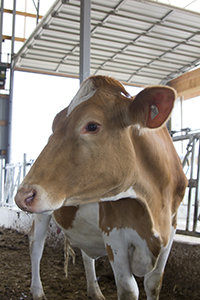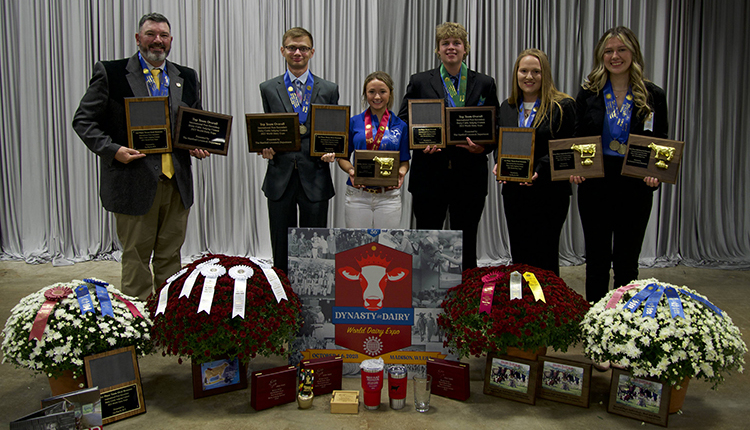 For the U.S. dairy industry, mastitis carries a $1.7 billion to $2 billion price tag. Reducing the infection risk takes a multi-pronged approach, but keeping cows on their feet a bit longer postmilking could be one piece of the prevention puzzle.
For the U.S. dairy industry, mastitis carries a $1.7 billion to $2 billion price tag. Reducing the infection risk takes a multi-pronged approach, but keeping cows on their feet a bit longer postmilking could be one piece of the prevention puzzle. In the June Miner Institute Farm Report, Heather Tucker highlighted research conducted over the past decade on how long cows should stand after the milking unit is removed. The thought behind this practice: 30 minutes of standing time following milking should provide sufficient time for the teat sphincter to close prior to coming in contact with bedding material or the stall. Teat end closure reduces the opportunity for bacteria to enter the udder and result in an intramammary infection.
In 2010, a Canadian study found that the incidence of intramammary infections in tie stall housed cows was reduced when postmilking standing time ranged between 40 and 60 minutes. Conversely, when cows in the tie stall herds stood for 60-plus minutes after milking, their mastitis risk, particularly those caused by environmental pathogens, rose.
A similar study was conducted in freestall herds with robotic milkers. Researchers concluded that the incidence of mastitis was higher for cows that stood 2.5 hours or more after milking.
Work from Eastern Ontario showed that the post-milking standing times were longer in freestall herds that were milked 3x. However, those cows that were encouraged to stand 90 to 120 minutes after milking had a reduced infection risk.
Tucker noted a few low-cost adjustments that can be made on-farm to keep cows standing:
- Lower your freestall stocking density: A 2007 University of British Columbia study found a 13-minute rise in standing time post-milking when stocking density dropped from 150 percent to 100 percent.
- Reduce feedbunk competition
- More frequent feed delivery and push-ups: Cows that are enticed to the feed bunk after milking stand longer, and it reduces competition at the bunk during subsequent peak feeding times.

The author, Amanda Smith, was an associate editor and an animal science graduate of Cornell University. Smith covers feeding, milk quality and heads up the World Dairy Expo Supplement. She grew up on a Medina, N.Y., dairy, and interned at a 1,700-cow western New York dairy, a large New York calf and heifer farm, and studied in New Zealand for one semester.








